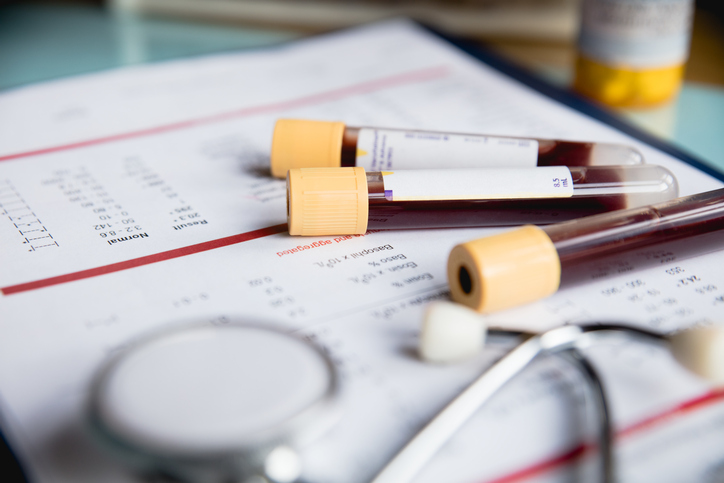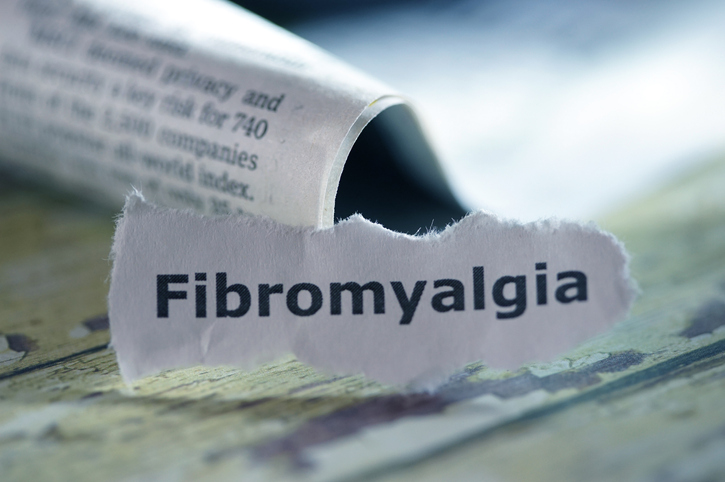Pain
Promising Blood Tests for the Diagnosis of Fibromyalgia

Fibromyalgia is a disorder of the nervous system that causes widespread pain, tenderness, and stiffness throughout the body. The exact cause of fibromyalgia is unknown and it is very difficult to diagnose. It is typically a diagnosis of exclusion.
Other conditions that share similar symptoms with fibromyalgia include, but are not limited to: hypothyroidism, rheumatoid arthritis, lupus, and polymyalgia rheumatica. Approximately five-million Americans live with fibromyalgia. Women are more likely to be diagnosed with fibromyalgia than men.
Fibromyalgia has been misunderstood for many years by individuals, as well as physicians. The symptoms of fibromyalgia include, but are not limited to: pain, severe fatigue, memory problems and blurred thinking (aka brain fog), and insomnia. One way of diagnosing fibromyalgia was to check 18 "tender points" of the body. If 11 were found to be painful to the touch, the individual was considered for a diagnosis of fibromyalgia. Currently, without an accurate, specific test for fibromyalgia, a proper diagnosis often takes years. However, two new blood tests are proving to be promising diagnostic tools for fibromyalgia.
Cytokines and chemokines are proteins found in blood cells. Abnormally low levels of these proteins have been linked to fibromyalgia. An innovative blood test can determine the level of cytokines and chemokines in the blood. In many cases, this blood test can provide a diagnosis of fibromyalgia within a week. This blood test has proven in clinical studies to have an accuracy rate of over 90% in the diagnosis of fibromyalgia.
Ribonucleic acid (RNA) is a molecule in the blood that basically communicates among cells. RNA analysis (looking at molecular communication at a cellular level) is the second promising new blood test for diagnosing fibromyalgia. Essentially, the test can determine what is actually taking place within the body's blood cells. This test can differentiate between fibromyalgia and other similar conditions. It has a 94% accuracy rate and the test report is available in a week.
These two blood tests for the diagnosis of fibromyalgia are promising. They offer a huge advantage in providing a proper, timely diagnosis for fibromyalgia. However, the tests are expensive and not yet widely used by physicians. Currently, the test may not be covered by most insurance companies. At the present time, both test are available for doctors to order. You can talk with your physician about these blood tests and if they are appropriate to you.


















